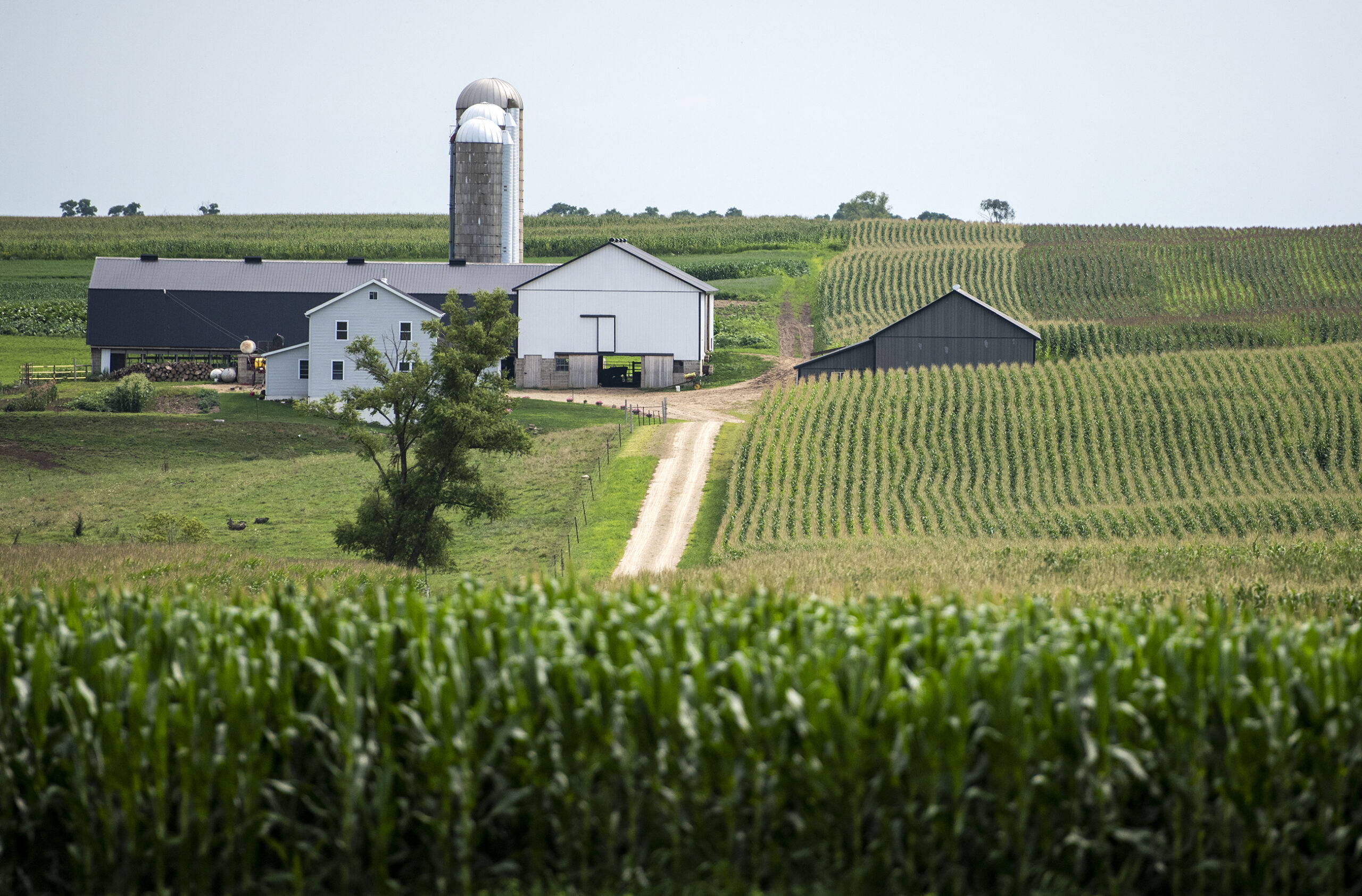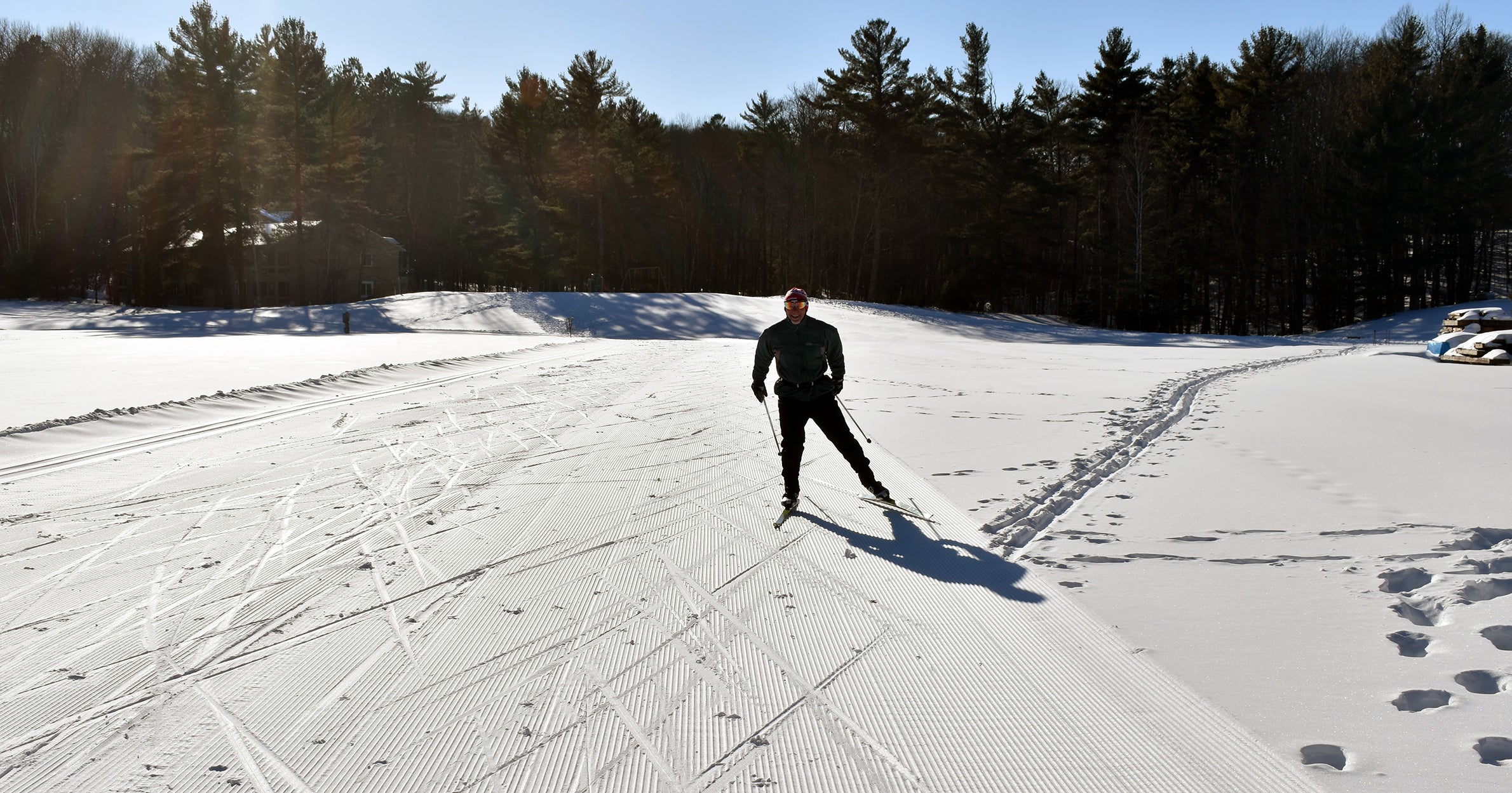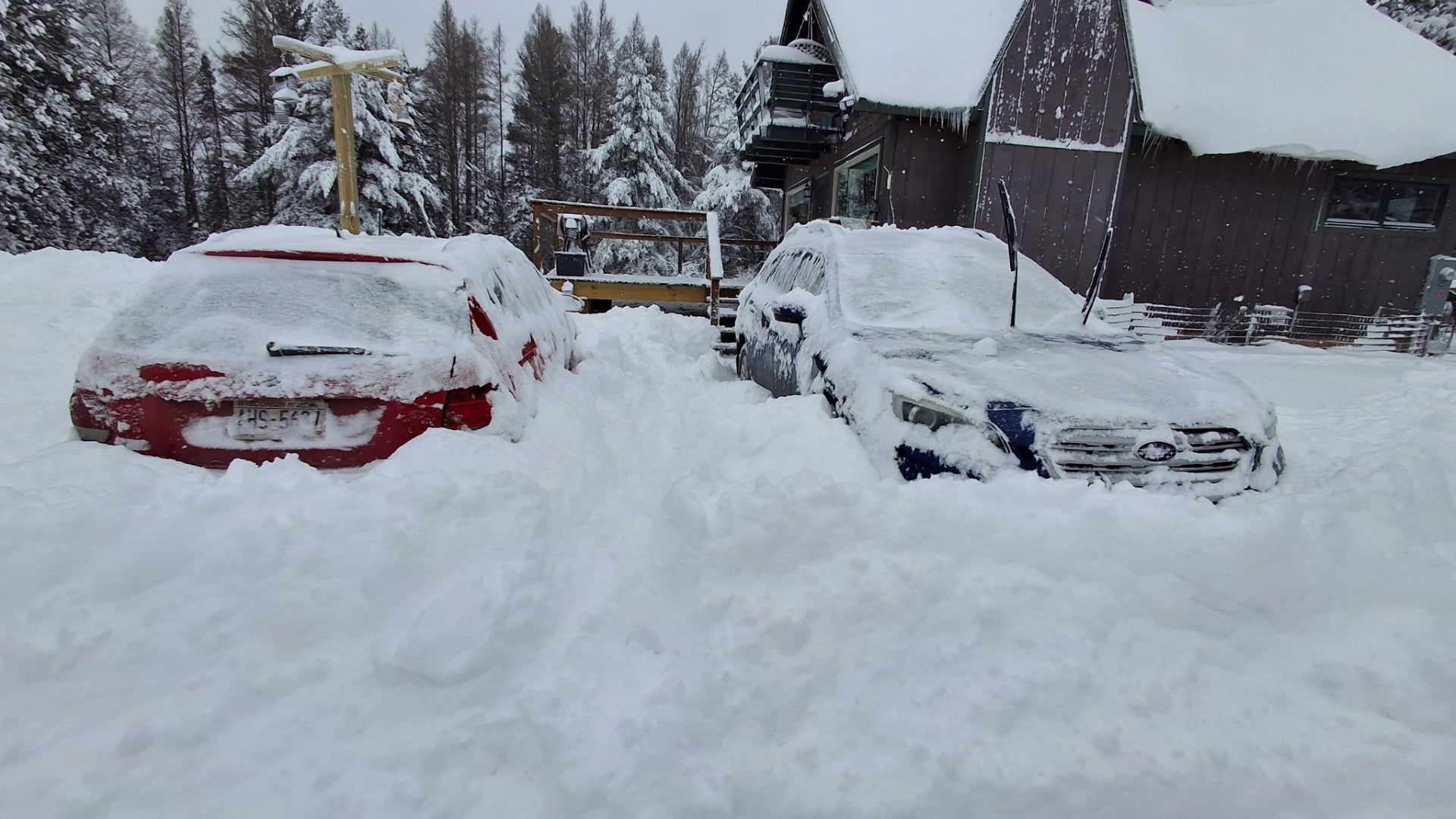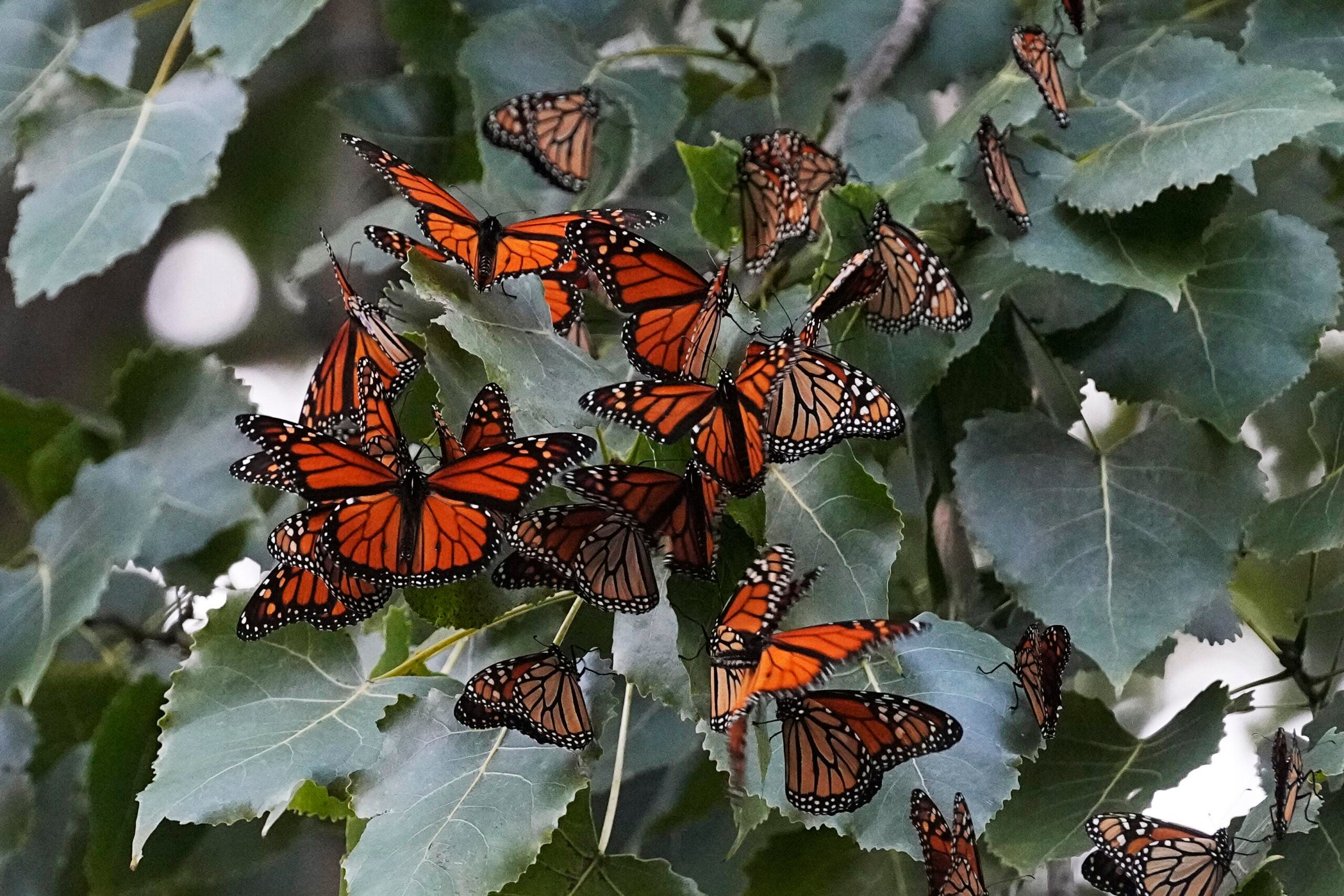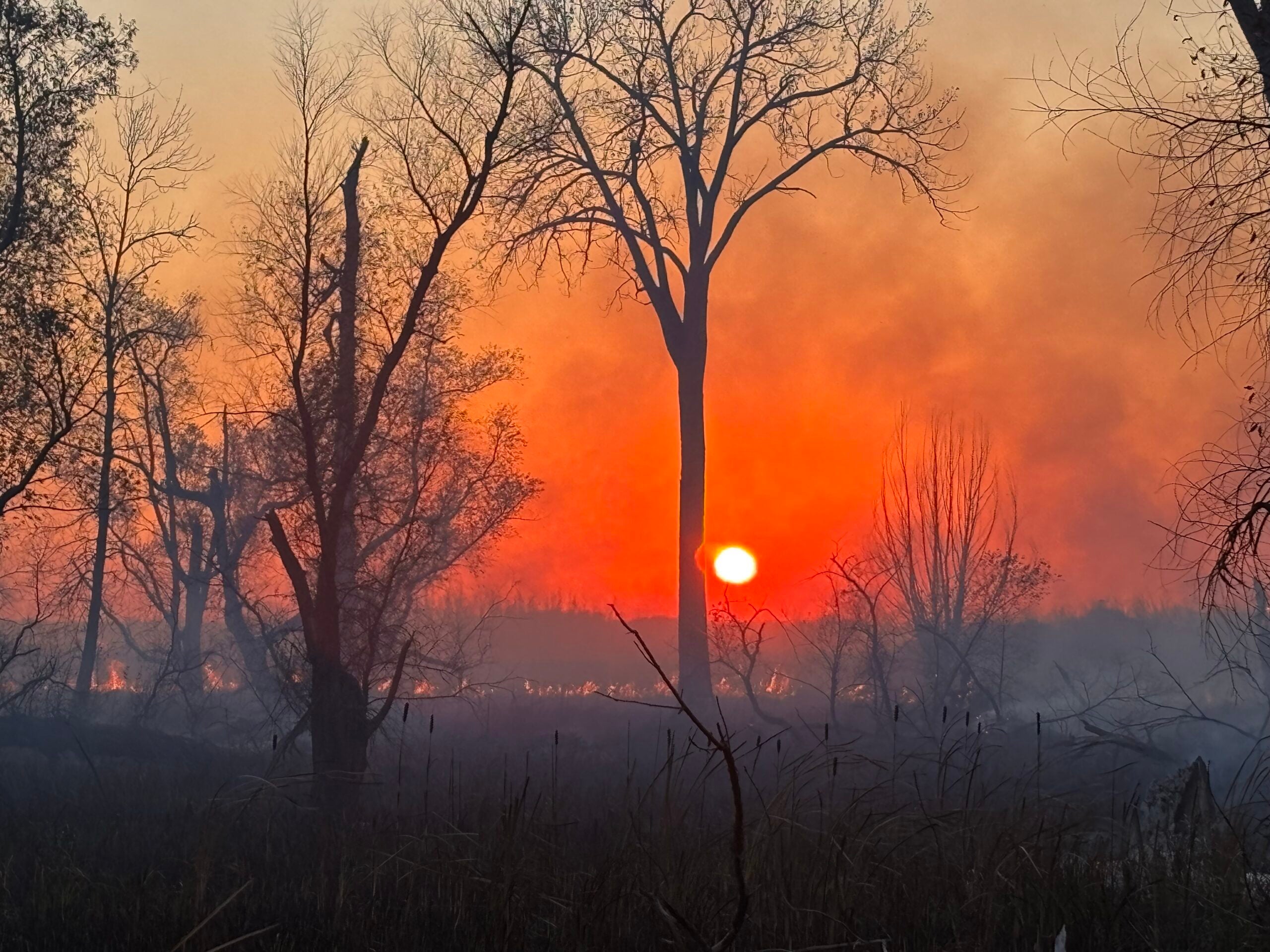The latest U.S. drought report shows Wisconsin has made a great improvement from a year ago, when 90 percent of the state was facing early drought conditions.
The report released late last week from the U.S. Drought Monitor shows just the southern third of the state and portions of six counties in northwestern Wisconsin still have abnormally dry conditions.
Monica Cronce, a meteorologist with the National Weather Service in Sullivan, said not much rain is needed to have normal conditions in the remaining dry areas.
News with a little more humanity
WPR’s “Wisconsin Today” newsletter keeps you connected to the state you love without feeling overwhelmed. No paywall. No agenda. No corporate filter.
“Maybe by next week we’ll be able to see some improvement because a lot of southern Wisconsin in the area where it is classified ‘abnormally dry’ did receive 1 to 3 inches in the past week,” she said.
As late as the March 22 report, almost 90 percent of conditions in Wisconsin were considered abnormally dry or worse.
“We came into spring with below normal precipitation,” Cronce said. “We had kind of a dry winter and then within the months of March and April we had a pretty wet spring, so we ended up making up for our seasonal deficit.”
The recent dry conditions are a stark contrast to 2019 when the state set an all-time record for the amount of precipitation in a year. The statewide average for precipitation that year was more than 44 inches. That was about 3 inches more than the previous record set in 1938.
Ed Hopkins, assistant state climatologist, said the state has a long history of experiencing flash droughts — going from extreme wet to dry conditions in a short period — including three in the 2000s and one in 1976.
Hopkins said the most recent prolonged drought in the state occurred during the late 1980s and early 1990s.
Major drought conditions continue to exist in the western half of the United States.
Cronce said the rest of June through August is expected to bring higher-than-average temperatures to most of Wisconsin and near-average rainfall.
Wisconsin Public Radio, © Copyright 2026, Board of Regents of the University of Wisconsin System and Wisconsin Educational Communications Board.
